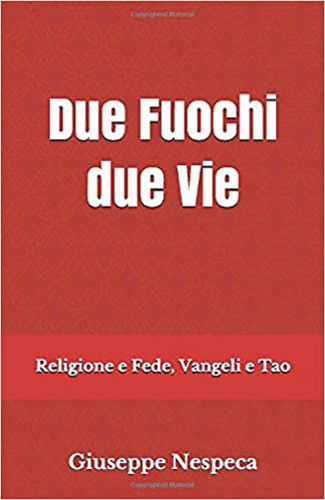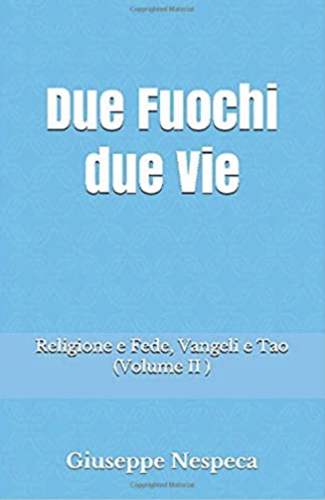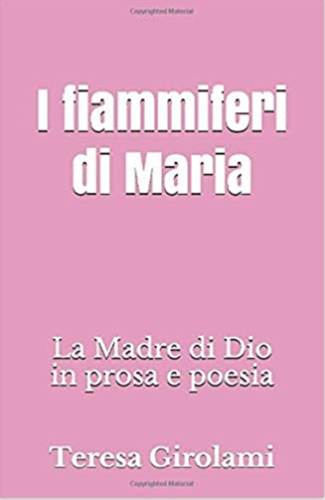Today more than in the past, the Church's social doctrine must be open to an international outlook, in line with the Second Vatican Council,73 the most recent Encyclicals,74 and particularly in line with the Encyclical which we are commemorating.75 It will not be superfluous therefore to reexamine and further clarify in this light the characteristic themes and guidelines dealt with by the Magisterium in recent years.
Here I would like to indicate one of them: the option or love of preference for the poor. This is an option, or a special form of primacy in the exercise of Christian charity, to which the whole tradition of the Church bears witness. It affects the life of each Christian inasmuch as he or she seeks to imitate the life of Christ, but it applies equally to our social responsibilities and hence to our manner of living, and to the logical decisions to be made concerning the ownership and use of goods.
Today, furthermore, given the worldwide dimension which the social question has assumed,76 this love of preference for the poor, and the decisions which it inspires in us, cannot but embrace the immense multitudes of the hungry, the needy, the homeless, those without medical care and, above all, those without hope of a better future. It is impossible not to take account of the existence of these realities. To ignore them would mean becoming like the "rich man" who pretended not to know the beggar Lazarus lying at his gate (cf. Lk 16:19-31).77
Our daily life as well as our decisions in the political and economic fields must be marked by these realities. Likewise the leaders of nations and the heads of international bodies, while they are obliged always to keep in mind the true human dimension as a priority in their development plans, should not forget to give precedence to the phenomenon of growing poverty. Unfortunately, instead of becoming fewer the poor are becoming more numerous, not only in less developed countries but-and this seems no less scandalous-in the more developed ones too.
It is necessary to state once more the characteristic principle of Christian social doctrine: the goods of this world are originally meant for all.78 The right to private property is valid and necessary, but it does not nullify the value of this principle. Private property, in fact, is under a "social mortgage,"79 which means that it has an intrinsically social function, based upon and justified precisely by the principle of the universal destination of goods. Likewise, in this concern for the poor, one must not overlook that special form of poverty which consists in being deprived of fundamental human rights, in particular the right to religious freedom and also the right to freedom of economic initiative.
[Sollicitudo rei socialis n.42]












